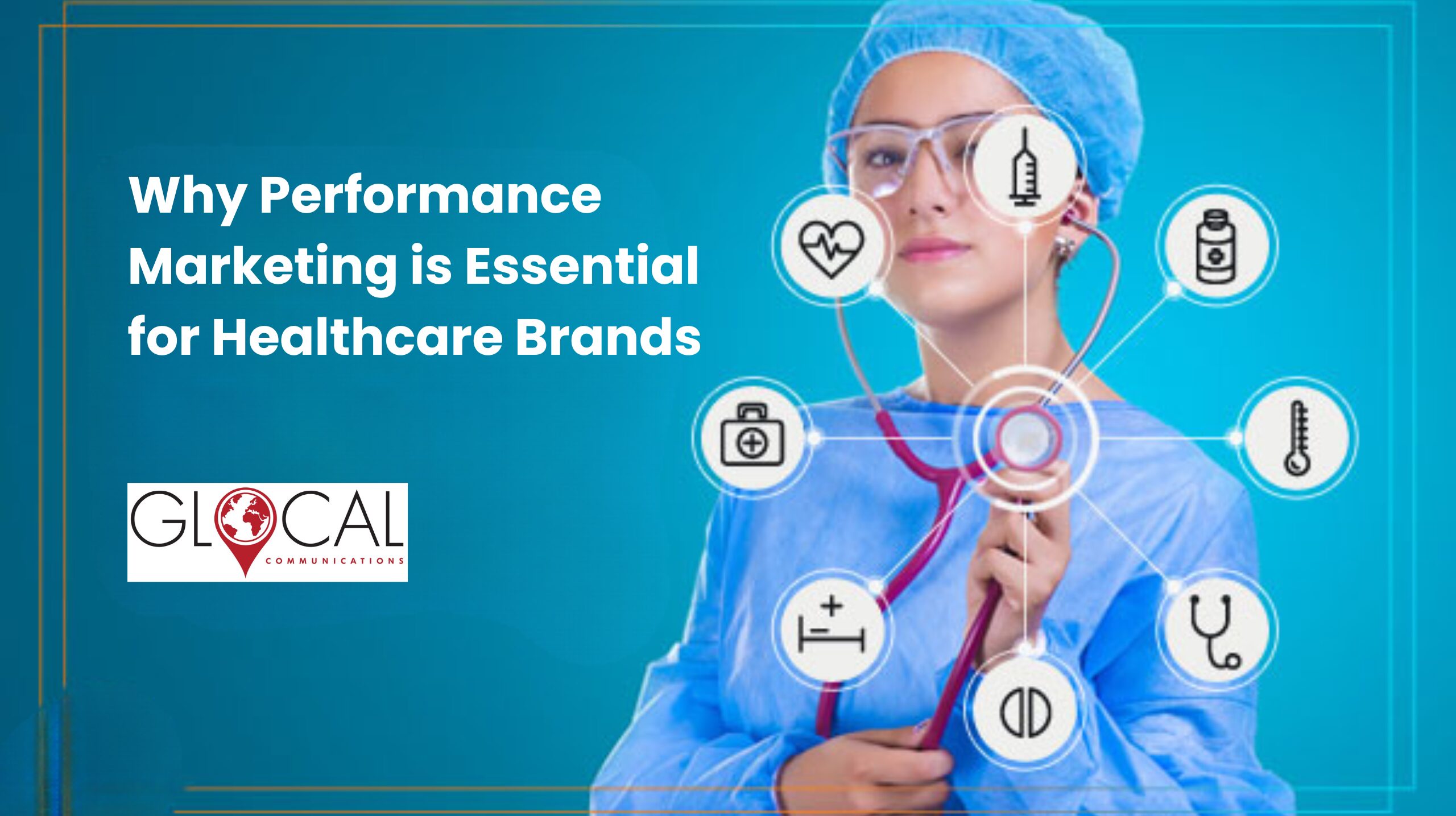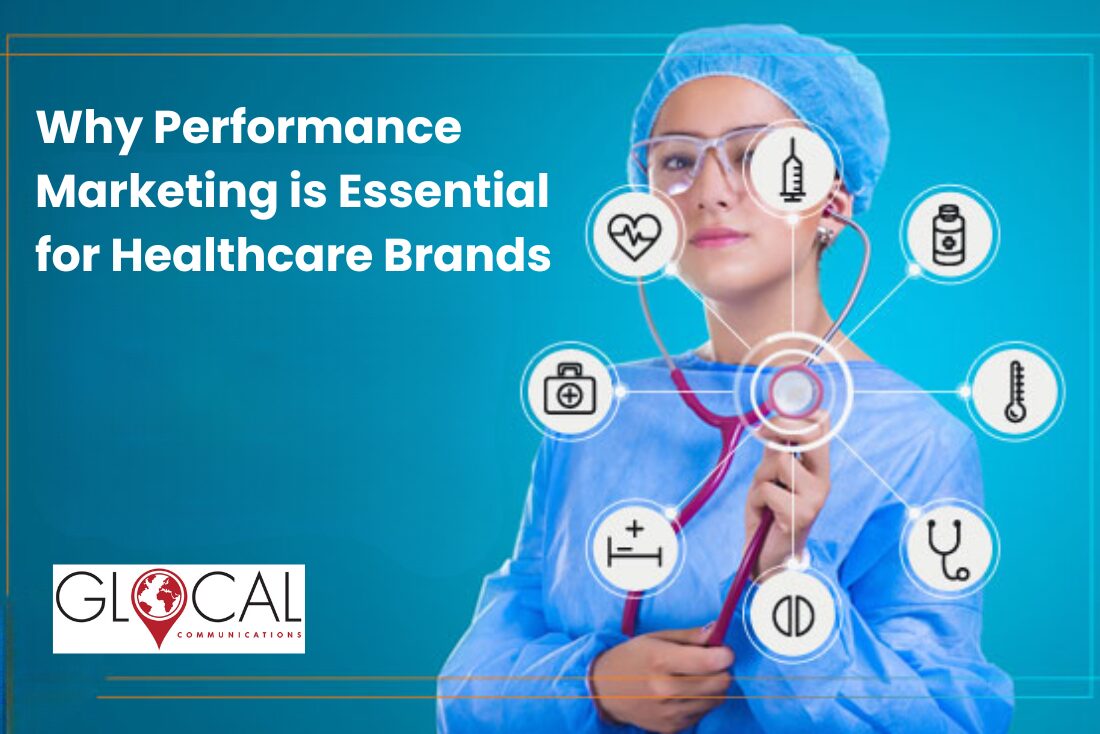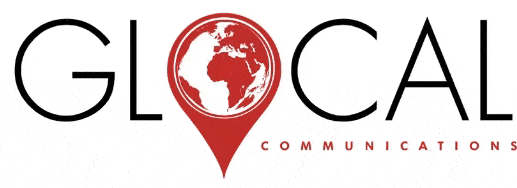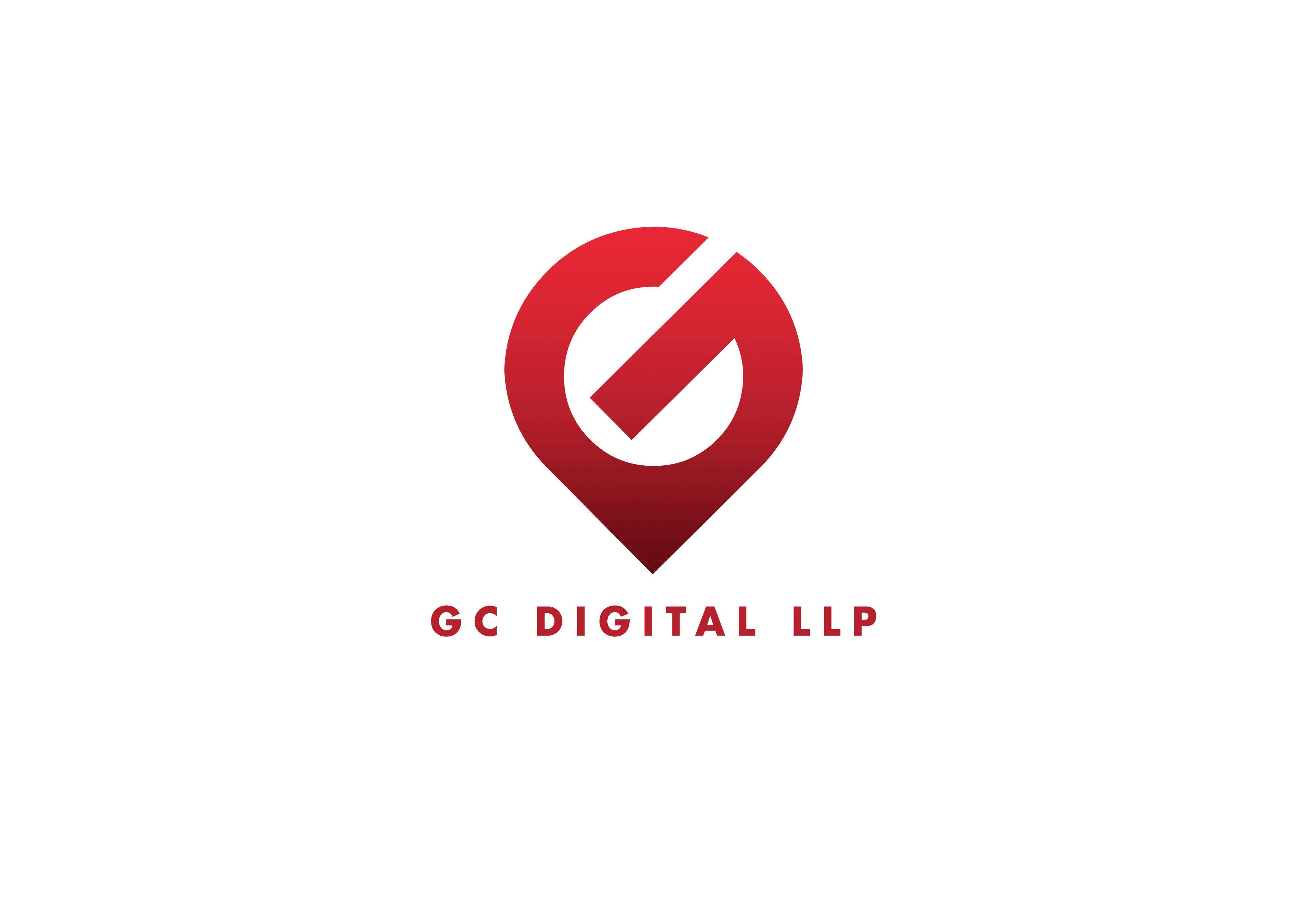
Why Performance Marketing is Essential for Healthcare Brands
- By Mrunal

In today’s digital-first world, healthcare brands face unique challenges in reaching and engaging patients effectively. With the rise of digital marketing channels and the increased competition in the healthcare sector, traditional marketing methods alone may not be sufficient. This is where performance marketing steps in as a game-changer. Performance marketing allows healthcare brands to target, engage, and convert potential patients in a cost-effective way while measuring and optimizing campaigns in real time. Here are several reasons why performance marketing can significantly benefit healthcare brands, especially when combined with a specialized PR & digital marketing agency like Gloocal Communications.
1. Enhanced Audience Targeting and Precision
For healthcare brands, reaching the right audience is crucial. Performance marketing uses data-driven strategies and tools to precisely target users based on demographics, interests, search intent, and behavior patterns. Keywords like “targeted healthcare advertising” and “data-driven patient engagement” are integral in connecting healthcare providers with patients actively seeking specific treatments or healthcare services.
With performance marketing, healthcare brands can use platforms like Google Ads and social media to serve ads to specific patient groups, such as individuals searching for “best orthopedic specialist near me” or “top cancer treatment centers.” This type of precision targeting in healthcare marketing ensures that every dollar spent reaches those with a higher likelihood of engagement and conversion, improving ROI for the brand.
2. Real-Time Results and Transparent ROI
One of the key benefits of performance marketing is its ability to provide real-time analytics. Unlike traditional marketing, where measuring ROI is complex and often delayed, performance marketing gives healthcare brands instant insights into campaign performance. They can see which ads are driving traffic, conversions, and patient inquiries immediately. Trending keywords like “healthcare marketing analytics” and “real-time ad optimization” are commonly associated with performance marketing, as it allows brands to track metrics such as click-through rates (CTR), cost per acquisition (CPA), and conversion rates.
This transparency is particularly beneficial in the healthcare sector, where organizations often operate on strict budgets. Knowing the exact return on investment enables healthcare marketers to optimize campaigns by reallocating resources towards the most effective channels and tactics.
3. Flexibility and Agility in Campaigns
Healthcare is a dynamic field where patient needs can change quickly due to seasonal health trends or emerging medical advancements. Performance marketing campaigns are highly adaptable, allowing healthcare brands to make adjustments based on real-time data and trends. For instance, if a hospital sees a spike in searches for “flu symptoms” or “telemedicine consultation” during certain seasons, they can quickly adjust campaigns to address these needs.
Additionally, if a particular ad isn’t performing as expected, healthcare marketers can immediately shift their budget to another ad or tactic. This agile approach to healthcare advertising enables brands to respond to market changes without losing momentum, ensuring that campaigns remain relevant and effective.
4. Cost Efficiency and Pay-for-Performance Model
In traditional advertising, brands pay upfront costs regardless of campaign outcomes. In contrast, performance marketing operates on a pay-for-performance model—whether it’s pay-per-click (PPC), cost-per-impression (CPM), or cost-per-acquisition (CPA). This means healthcare brands only pay when their ad generates a specific action, such as a click, a call, or an appointment booking. This is especially advantageous for healthcare providers, where marketing budgets are often tight, and there’s a strong need for cost-effective patient acquisition.
Keywords such as “cost-effective healthcare marketing” and “pay-per-click healthcare advertising” highlight this benefit. This model allows healthcare brands to allocate budgets effectively by focusing on ads that drive real engagement, leading to greater efficiency in reaching new patients and maximizing marketing spend.
5. Increased Patient Engagement Through Personalization
Today’s patients are more informed and selective about their healthcare choices, often researching symptoms, treatments, and providers online before making appointments. Performance marketing allows healthcare brands to deliver personalized messages that resonate with specific patient needs, building trust and fostering patient engagement. By targeting patients based on their search queries—like “treatment for lower back pain” or “how to lower cholesterol”—healthcare brands can create content that feels more relevant and tailored to individual patient journeys.
This personalized approach in healthcare advertising is highly effective for building long-term patient relationships and increasing brand credibility. When patients feel a healthcare provider understands their needs and can offer specific solutions, they’re more likely to engage with the brand and consider its services when needed.
6. Enhanced Brand Visibility Across Multiple Channels
Performance marketing allows healthcare brands to reach potential patients across a range of channels—search engines, social media, and even display networks. This multi-channel approach ensures that healthcare brands maintain high visibility and stay top-of-mind among prospective patients. For example, a patient searching for “urgent care near me” may first see a healthcare provider’s ad on Google, later receive a follow-up ad on Facebook, and then encounter a display ad while browsing other websites.
Using keywords like “omnichannel healthcare marketing” and “cross-platform patient engagement,” healthcare brands can benefit from multiple touchpoints, improving their chances of converting leads. This visibility is particularly valuable in the healthcare sector, where trust and reputation are key to gaining new patients.
7. Ability to Educate and Build Trust with Potential Patients
Healthcare providers have the added responsibility of educating patients on complex medical issues. Performance marketing enables brands to create informative and valuable content—such as blogs, video ads, and infographics—that addresses patient questions and concerns, like “what are the symptoms of diabetes?” or “how does telemedicine work?”. Educational ads not only attract clicks but also help establish the brand as a trustworthy authority in its field.
For example, a well-targeted educational ad about “preventive healthcare for diabetes” can drive traffic to a healthcare provider’s blog, building awareness and trust. Healthcare content marketing and patient education campaigns are keywords often associated with this approach, reflecting how healthcare brands use performance marketing to foster trust and empower patients to make informed health decisions.
7. Improved Conversion Tracking and Patient Acquisition Strategies
In healthcare, converting a potential patient into a confirmed appointment is the ultimate goal. Performance marketing tools allow brands to track every step of the patient journey—from initial website visit to booking an appointment. By analyzing these conversion metrics, healthcare marketers can refine patient acquisition strategies and determine which channels or tactics yield the best results.
Keywords like “patient acquisition in healthcare marketing” and “conversion tracking for healthcare” underscore the importance of this capability. Using these insights, healthcare brands can streamline their marketing efforts, focusing on high-converting keywords, audiences, and content types, ultimately driving more qualified leads to their practices.
Conclusion:
For healthcare brands navigating the challenges of today’s digital landscape, performance marketing offers a powerful solution to reach, engage, and convert patients efficiently. With its ability to provide measurable results, precise targeting, cost efficiency, and adaptability, performance marketing empowers healthcare brands to make data-driven decisions that maximize ROI and build strong patient relationships. Partnering with a PR and digital marketing agency like Gloocal Communications can further enhance these efforts, helping healthcare brands stay competitive and patient-centric in an increasingly digital world.
Incorporating performance marketing into a healthcare brand’s strategy not only enhances patient acquisition and brand visibility but also strengthens trust, ultimately contributing to long-term success in the healthcare industry.



